Intelligent Compaction Measurement (ICM)
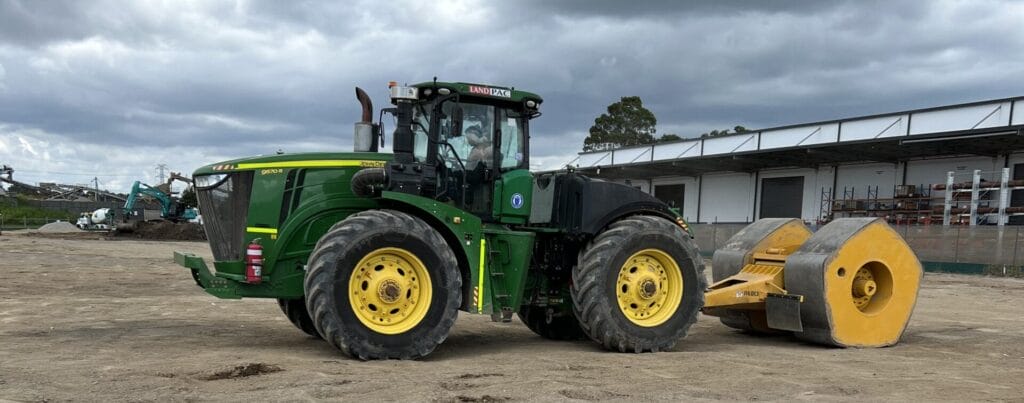
ICM optimises HEIC with real-time data, ensuring uniform soil compaction for stronger, sustainable infrastructure. It reduces material use, energy consumption, and maintenance, making construction greener and more efficient.
Tuas Terminal Phase 1
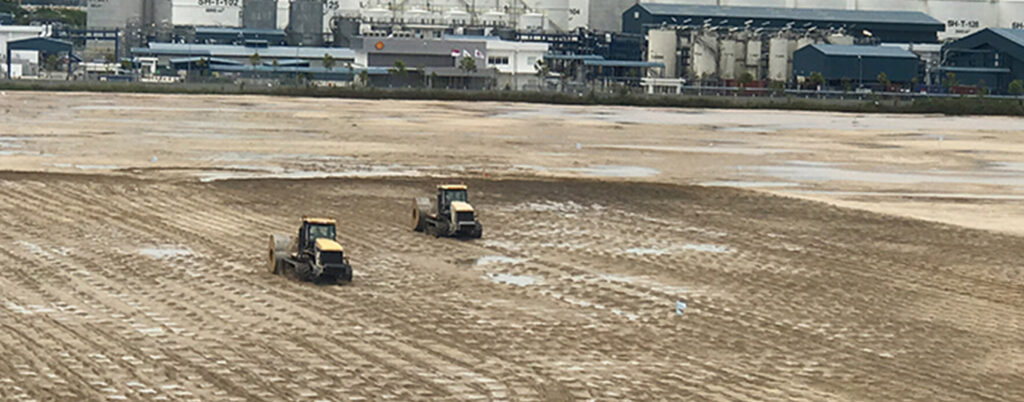
Tuas Terminal Phase 1 (TTP1), an ambitious initiative by the Singapore government, aims to consolidate its world-class container port facilities.
Jebel Ali Port
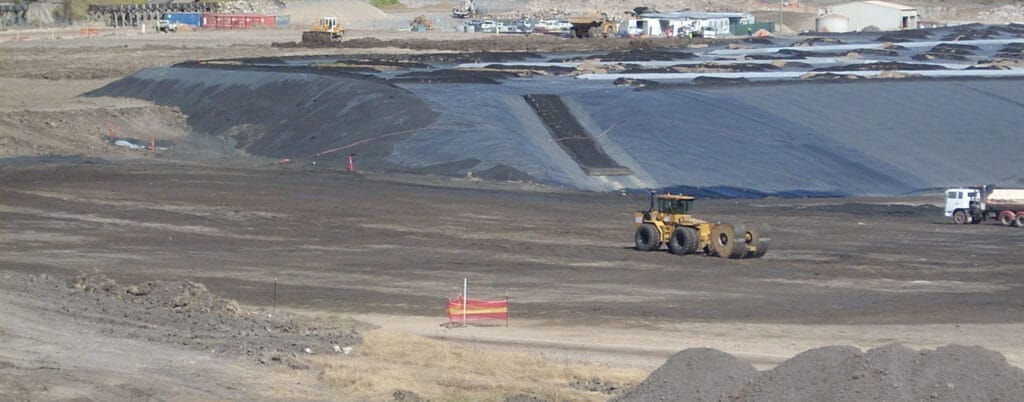
The Jebel Ali Port expansion in Dubai entailed reclamation behind Quay 4 and Berth 21, requiring the backfilling of dredged marine sands to a depth of 16m.
Port Botany Container Terminal Expansion
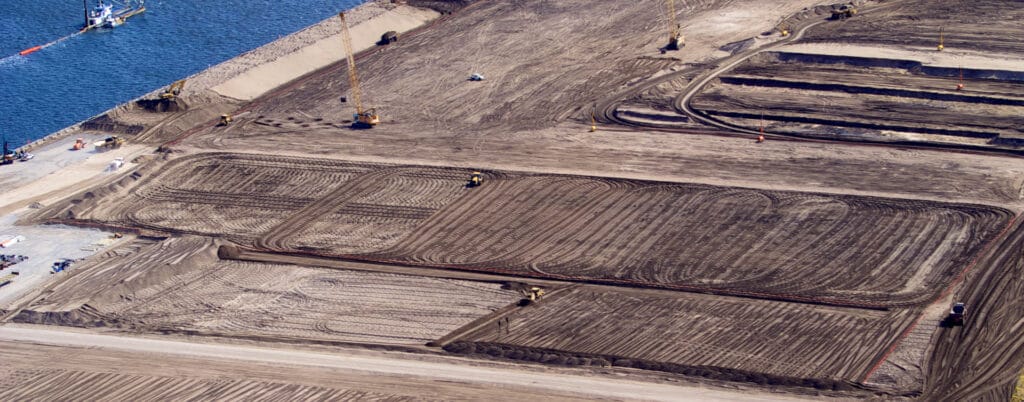
The Port Botany Container Terminal Expansion was a major project in Sydney, Australia, involving the reclamation of 63Ha using 8 million m³ of dredged sand.
High Energy Impact Compaction for Landfills
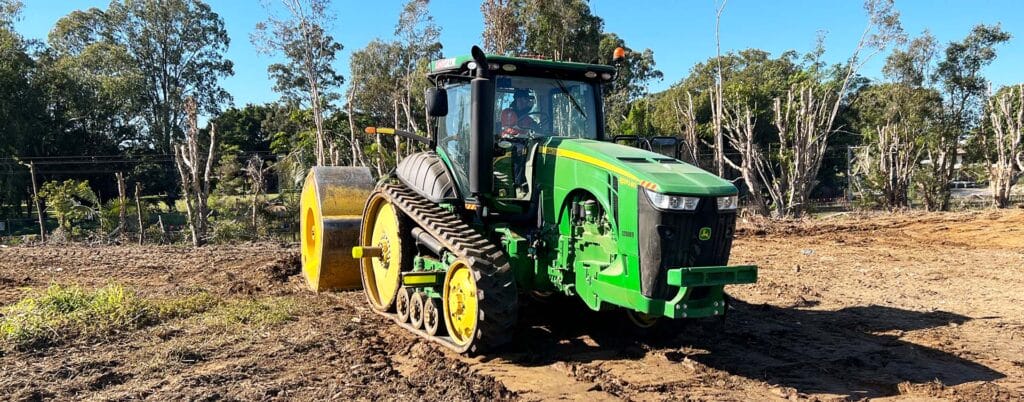
Landfills play a crucial role in waste management, providing a controlled environment for the disposal of solid waste materials.
Concrete Breaking and Demolition with HEIC
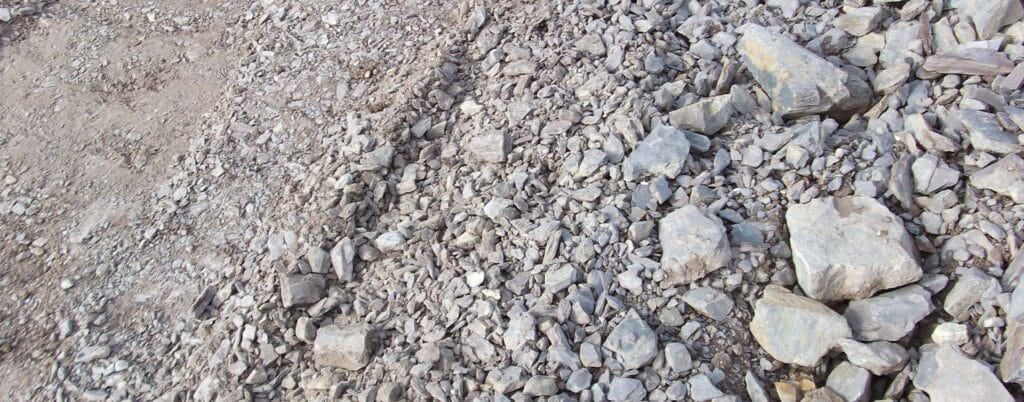
High Energy Impact Compaction (HEIC) is a powerful technique that can be utilised for concrete breaking, offering several advantages over traditional methods.
High Energy Impact Compaction for Coal Discard
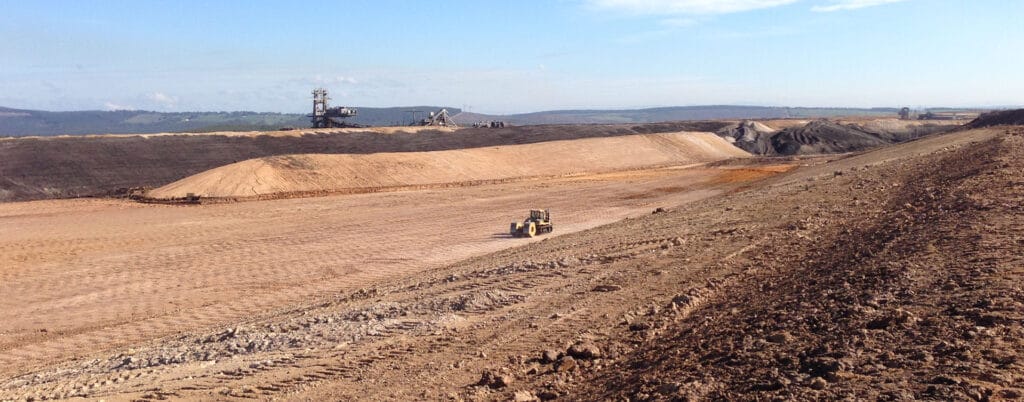
In the mining industry, managing coal discard or coal waste is a significant challenge. Left unmanaged, these discards can lead to environmental pollution and land instability.
Impact Compaction for In-Situ Uncontrolled Fills

In construction and infrastructure projects, dealing with in-situ uncontrolled fills often presents an engineering challenge.
Management of Dredged Sands with HEIC
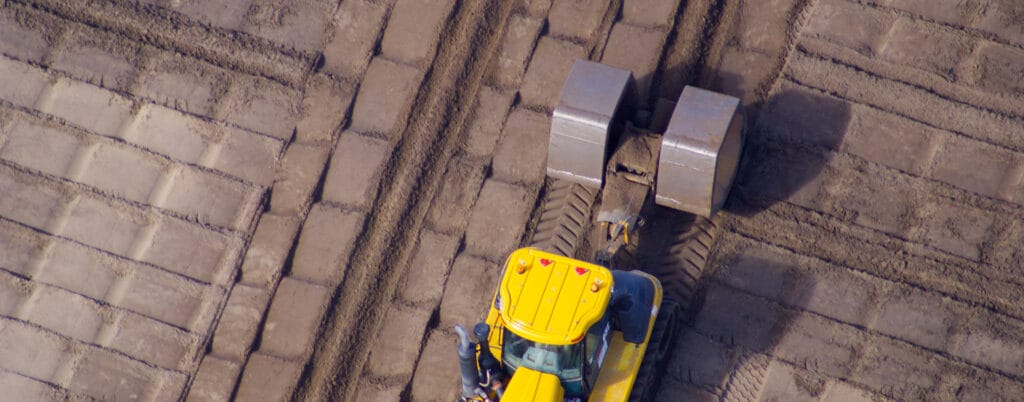
The effective management of dredged sands poses significant challenges and opportunities for construction and environmental projects alike.
In-situ material with HEIC

High Energy Impact Compaction (HEIC) represents a critical innovation in soil compaction, offering numerous advantages over traditional methods. Particularly, when dealing with in-situ material
